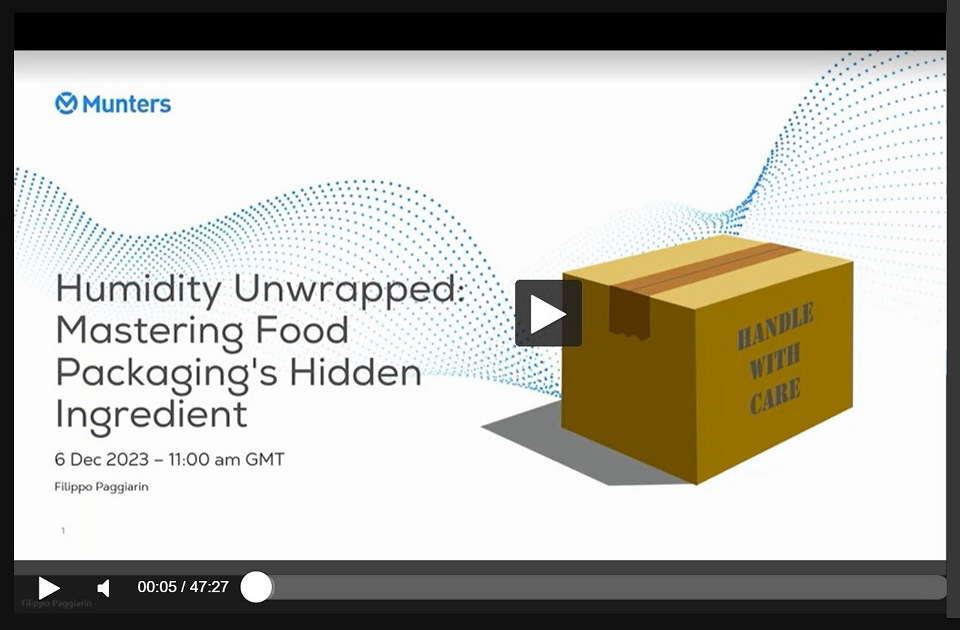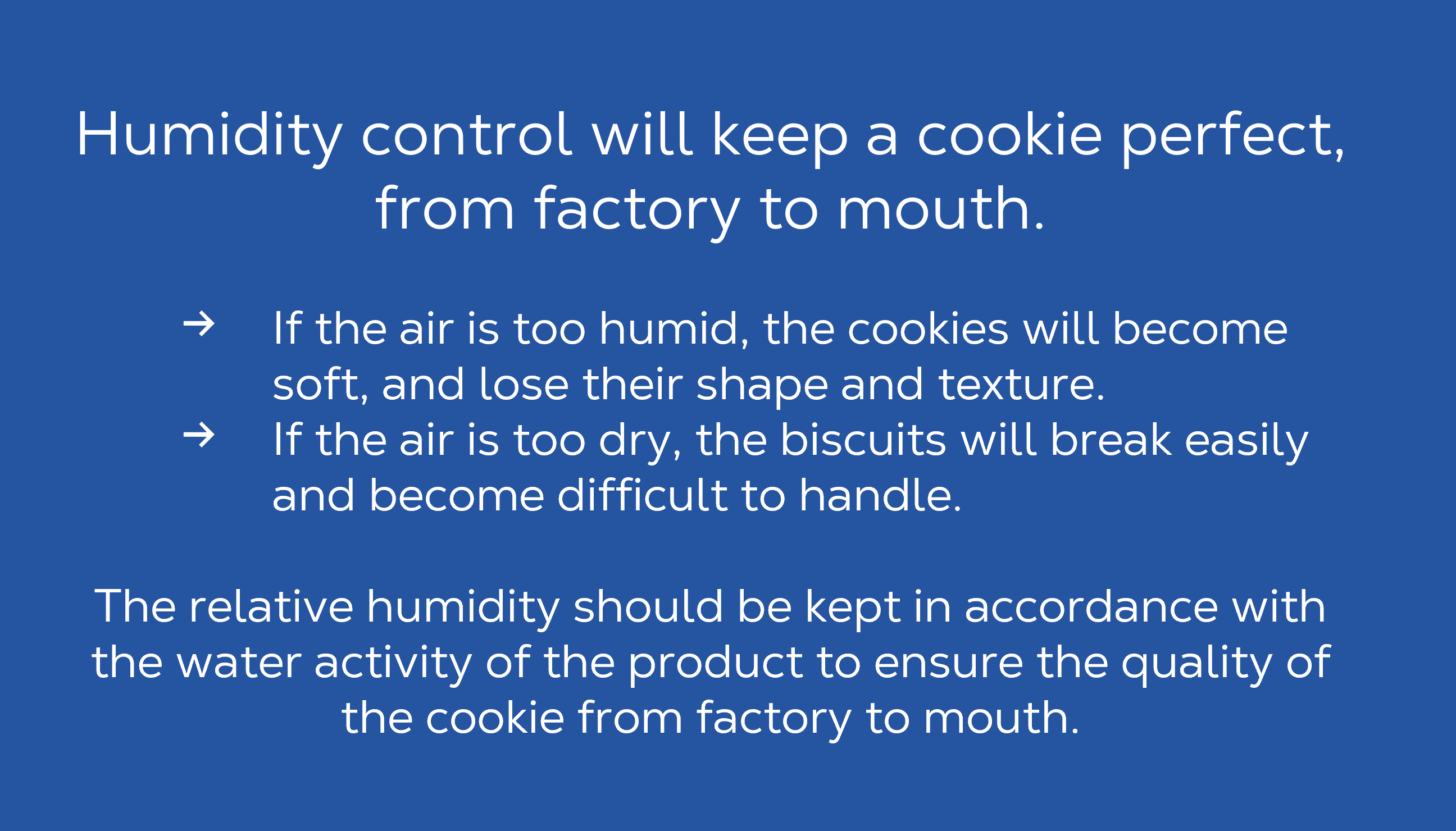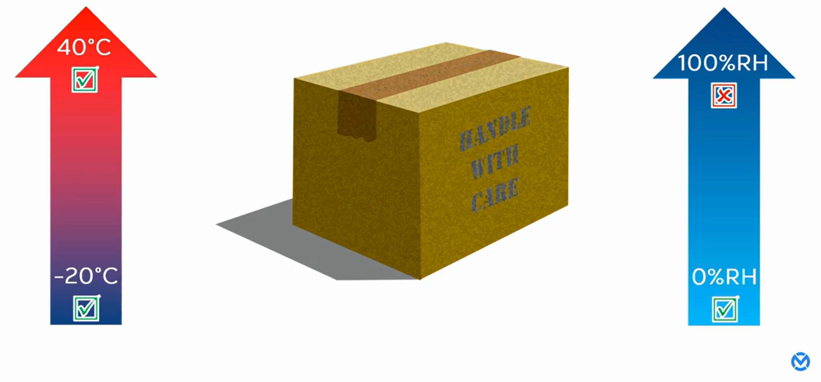메시지 전송 시, 오류가 발생하였습니다. 재시도하십시오
사업 영역
로그인
산업
솔루션
메시지 전송 시, 오류가 발생하였습니다. 재시도하십시오

Humidity affects basically all packaging materials – plastics, paper, metal, and even glass. While the wrapping is there to protect the product in the package from ambient conditions such as temperature and humidity, it becomes crucially important to give the package itself the best conditions. Keeping the moisture under control is essential, for the package and for the product inside.
The incorrect humidity level in packaging can be a nuisance. The wrapping of food products is particularly sensitive, as the packaging material is exposed both to humidity in the ambient air and the humidity carried within the food product itself. In Munters recent webinar “Humidity Unwrapped: Mastering Food Packaging's Hidden Ingredient” the mystery of moisture, where it comes from and how to control it, is explored in greater detail.
Using food products as an example, there are significant benefits to controlling humidity in many different stages of the production chain. Preventing growth of bacteria and mold, as well as extending shelf life are just a few.
When you focus specifically on the packaging and storage part of the process, moisture control can often be overlooked. One could think that as the product is now ready and released from production, the surrounding climate conditions won’t matter anymore. After packing, the product will no longer be in direct contact with the ambient air. However, it is still critical that humidity is maintained according to the products’ optimal conditions in order to ensure the quality of the product during storage. The packaging process is basically the last opportunity to control the humidity and helps to ensure quality during storage.

Once the product has been packaged, it is off to storage. However well packaged does not necessarily mean well protected. When exposed to moisture, packaging materials will behave differently. It all depends on their Water Vapor Transmission Rate (WVTR). Depending on the material, it may oxidate, rust, corrode, crinkle, soften, or fall apart.
Plastics, whether rigid or flexible, paper, glass, or metal, are all at risk when exposed to humidity in storage. Organic materials such as hemp, cotton, or wood, are good for physical protection against damage of the products but cannot protect against moisture.

Secondary and tertiary packaging materials (a box-in-a-box) are usually not affected by temperature changes during storage or transport, but they are affected by changes in the surrounding humidity level. The longer the storage, the higher the risk of deterioration of the packaging material, thereby exposing the product itself.
So rather than wrapping the (food) product in multiple layers of packages, why not reduce the risk instead?
*************
To get more insights into how humidity affects packaging materials, here’s a link to the on-demand version of Munters webinar “Humidity Unwrapped: Mastering Food Packaging's Hidden Ingredient”, presented by Filippo Paggiarin, Training & Development Specialist, Munters.
아이디 또는 비밀번호를 다시 확인하세요
오류. 나중에 다시 시도하십시오
비밀번호를 잊으셨나요?
아이디 또는 비밀번호를 다시 확인하세요
오류. 나중에 다시 시도하십시오
Check your email within a couple of minutes to reset your password, if you can’t see any incoming messages try to check into your spam folder!